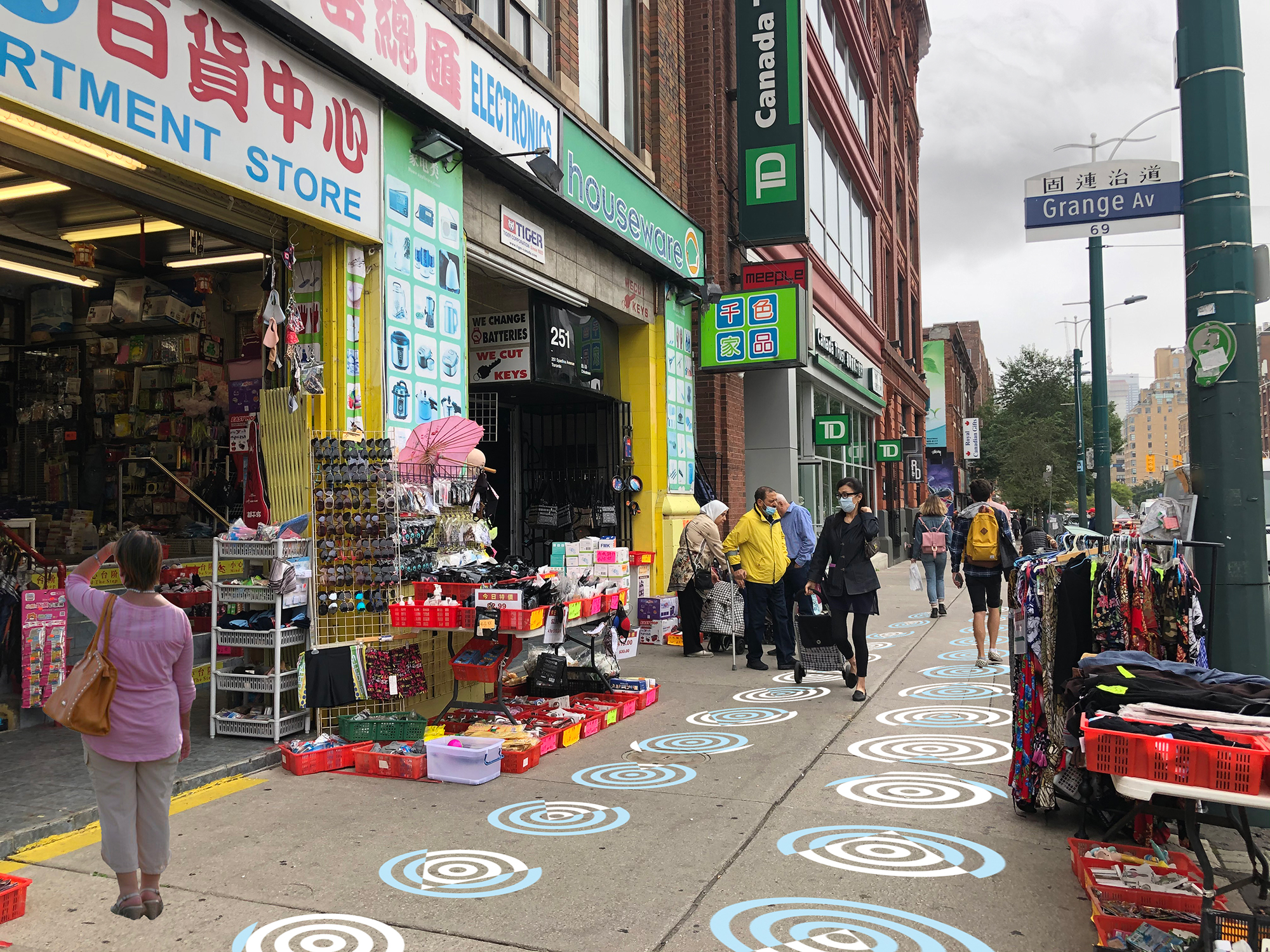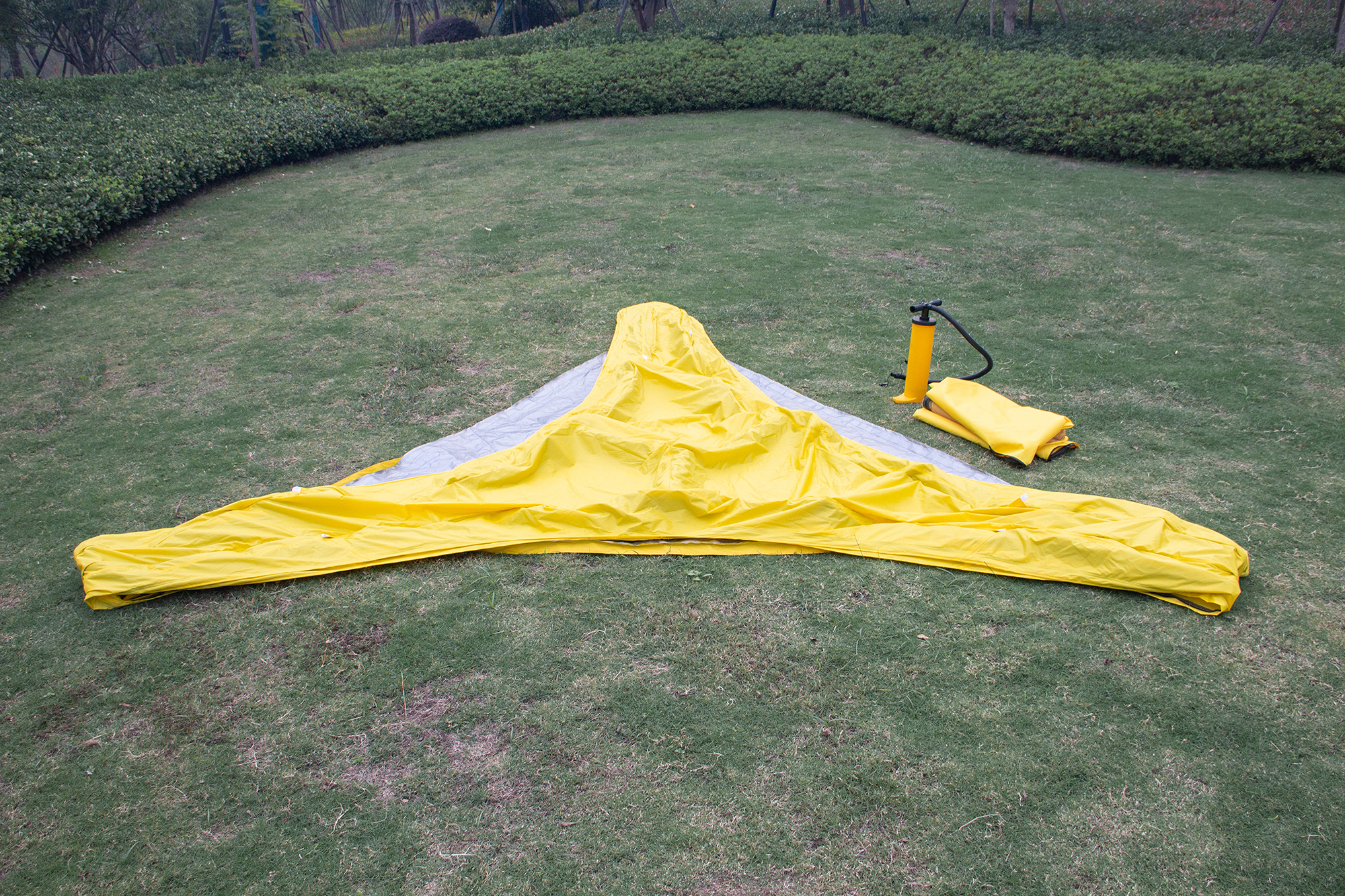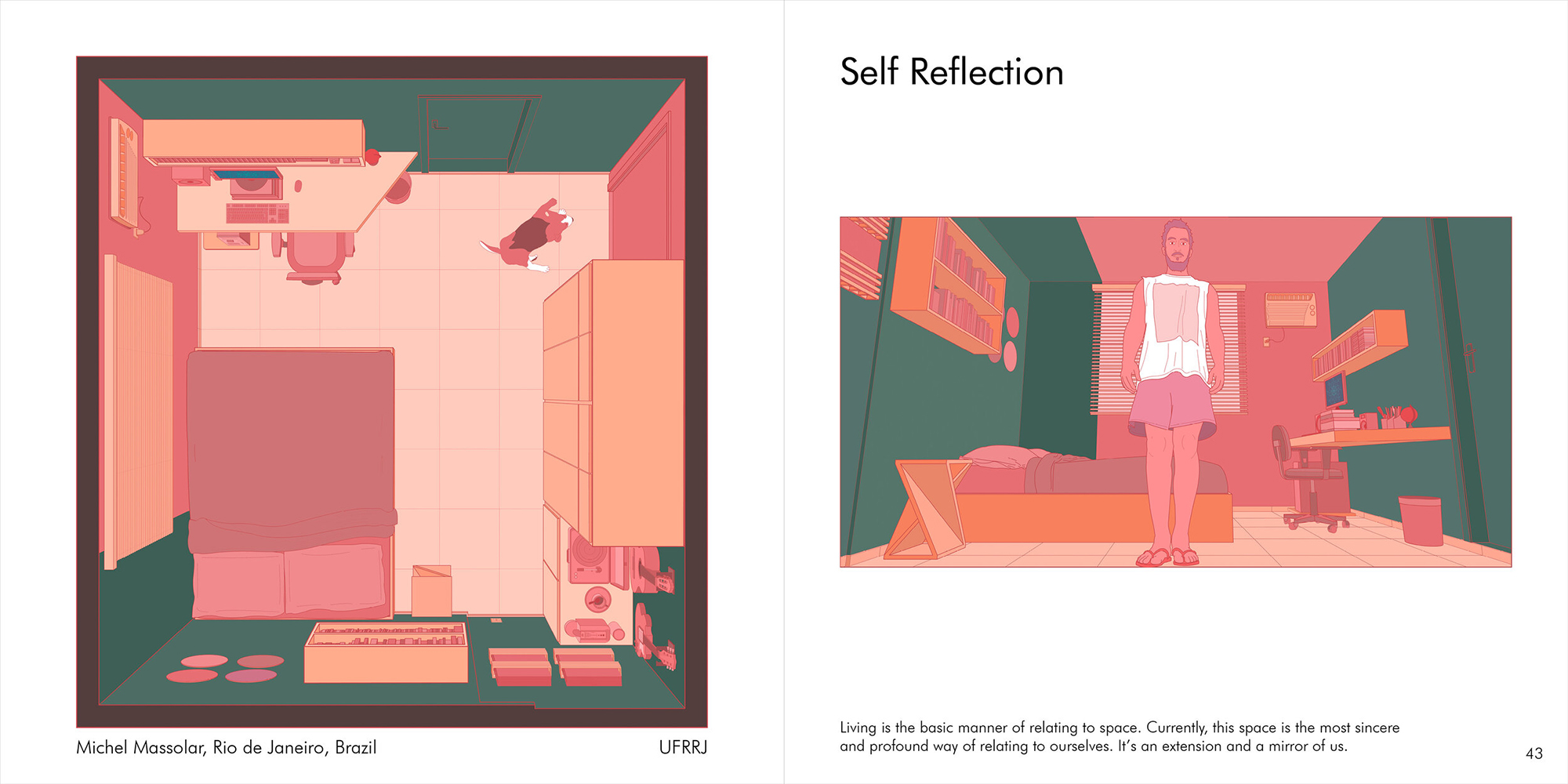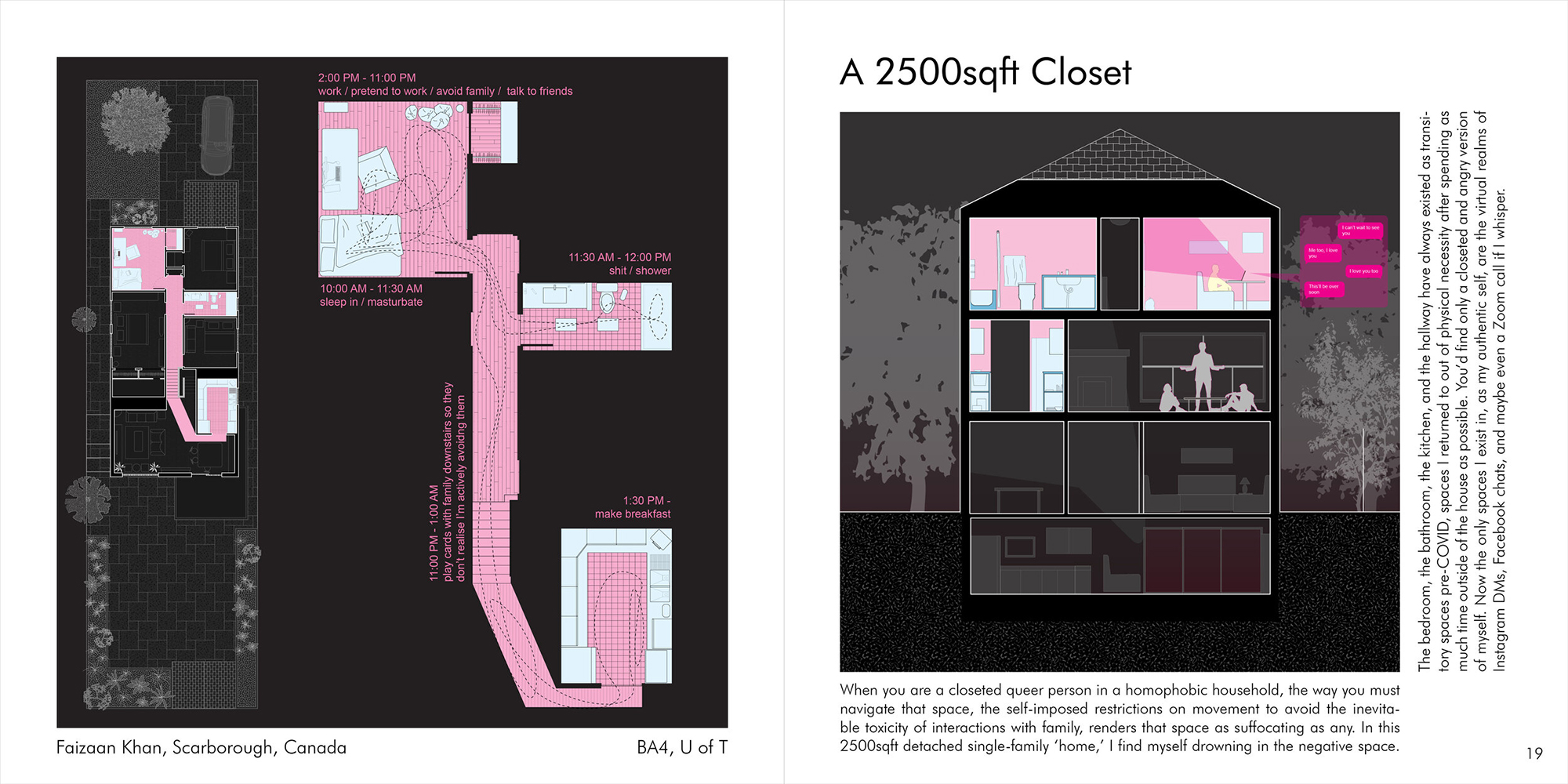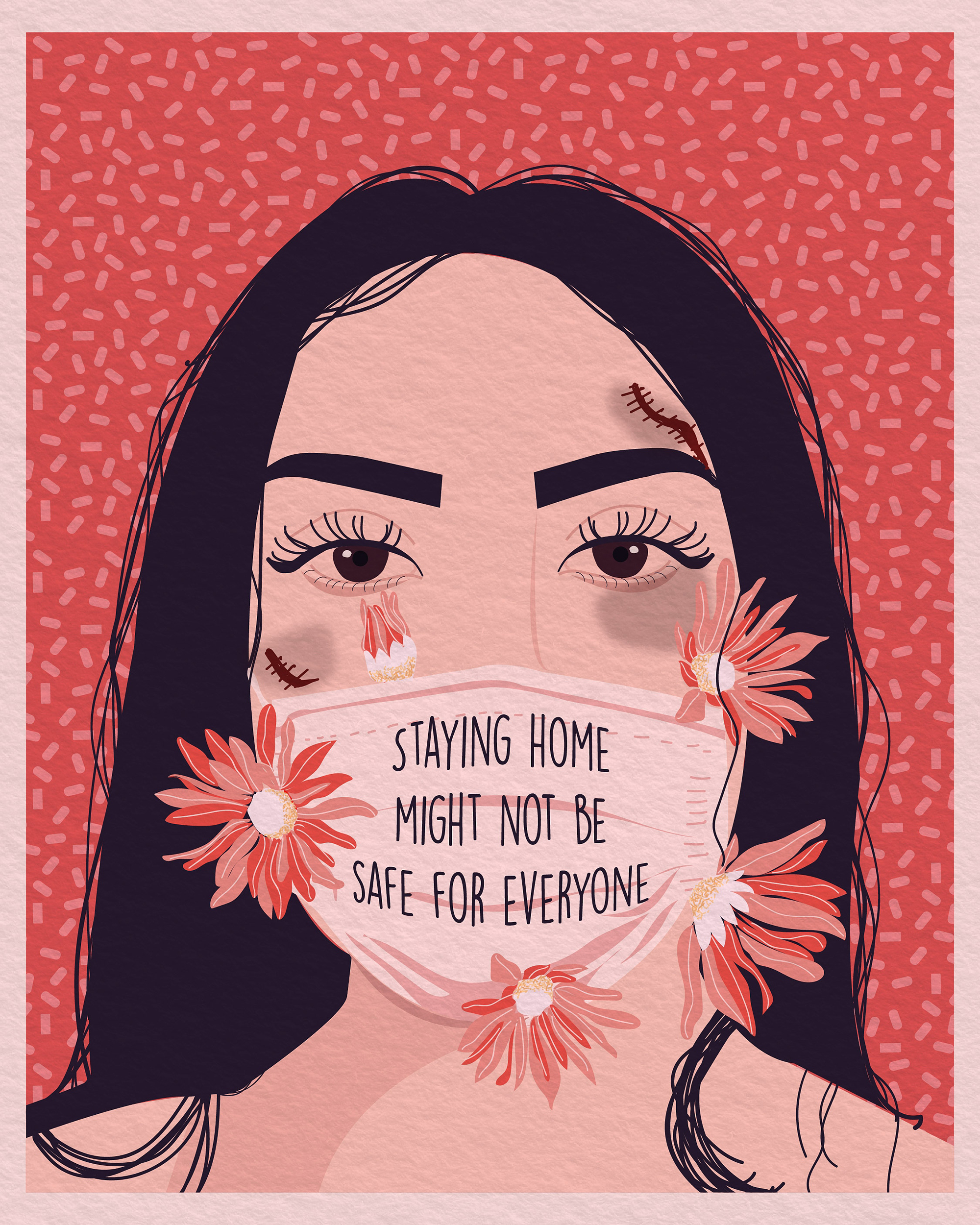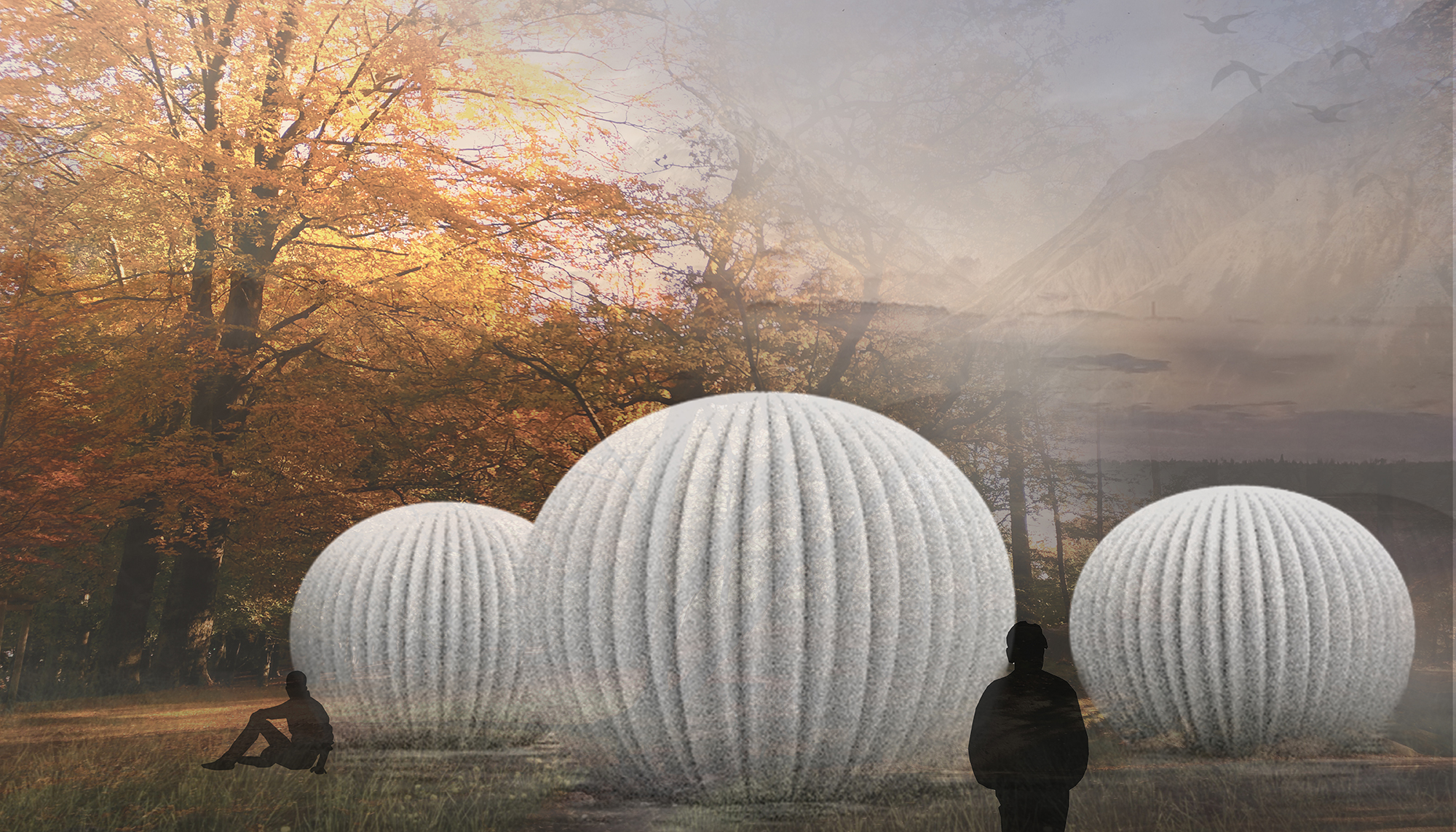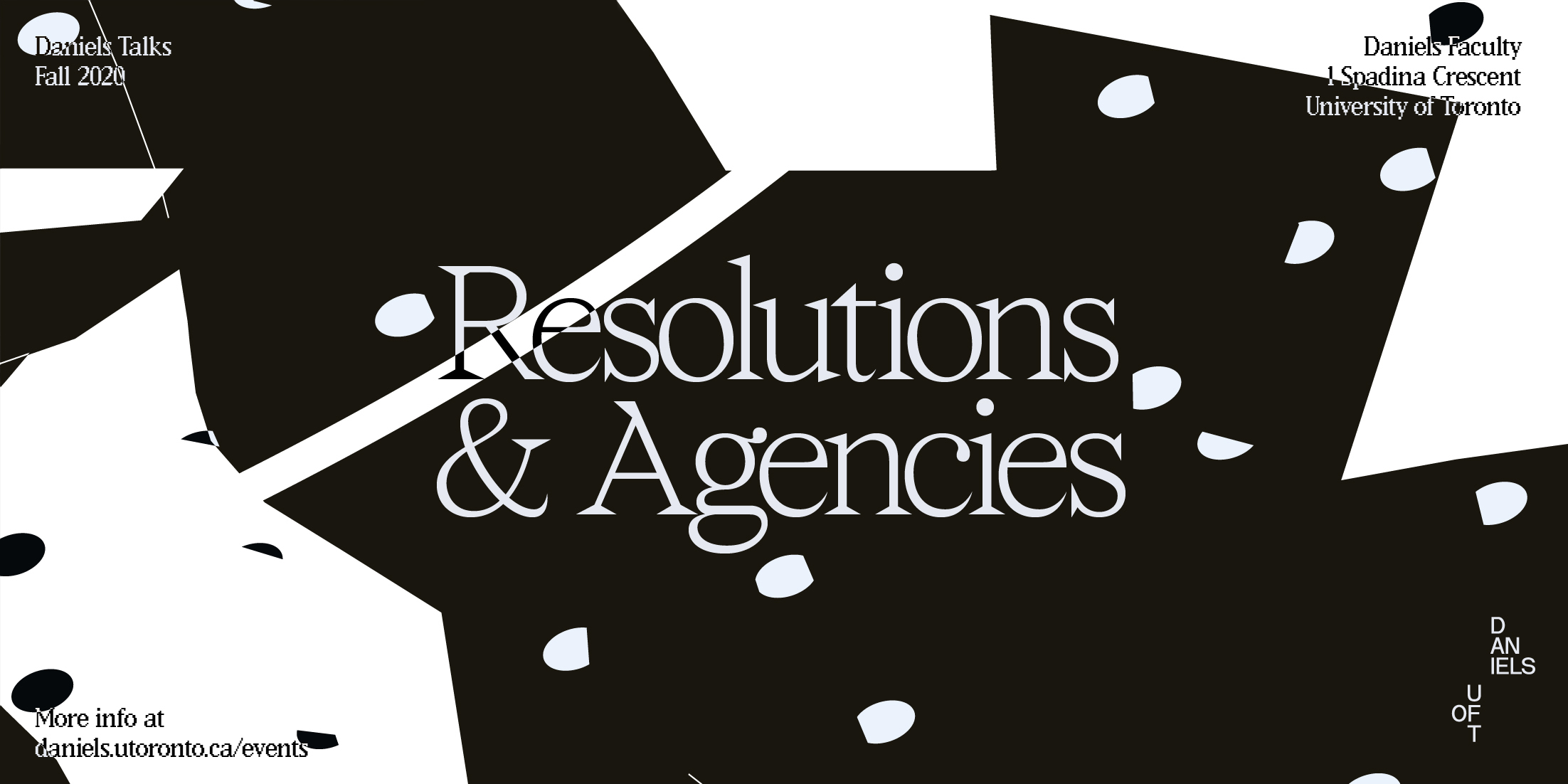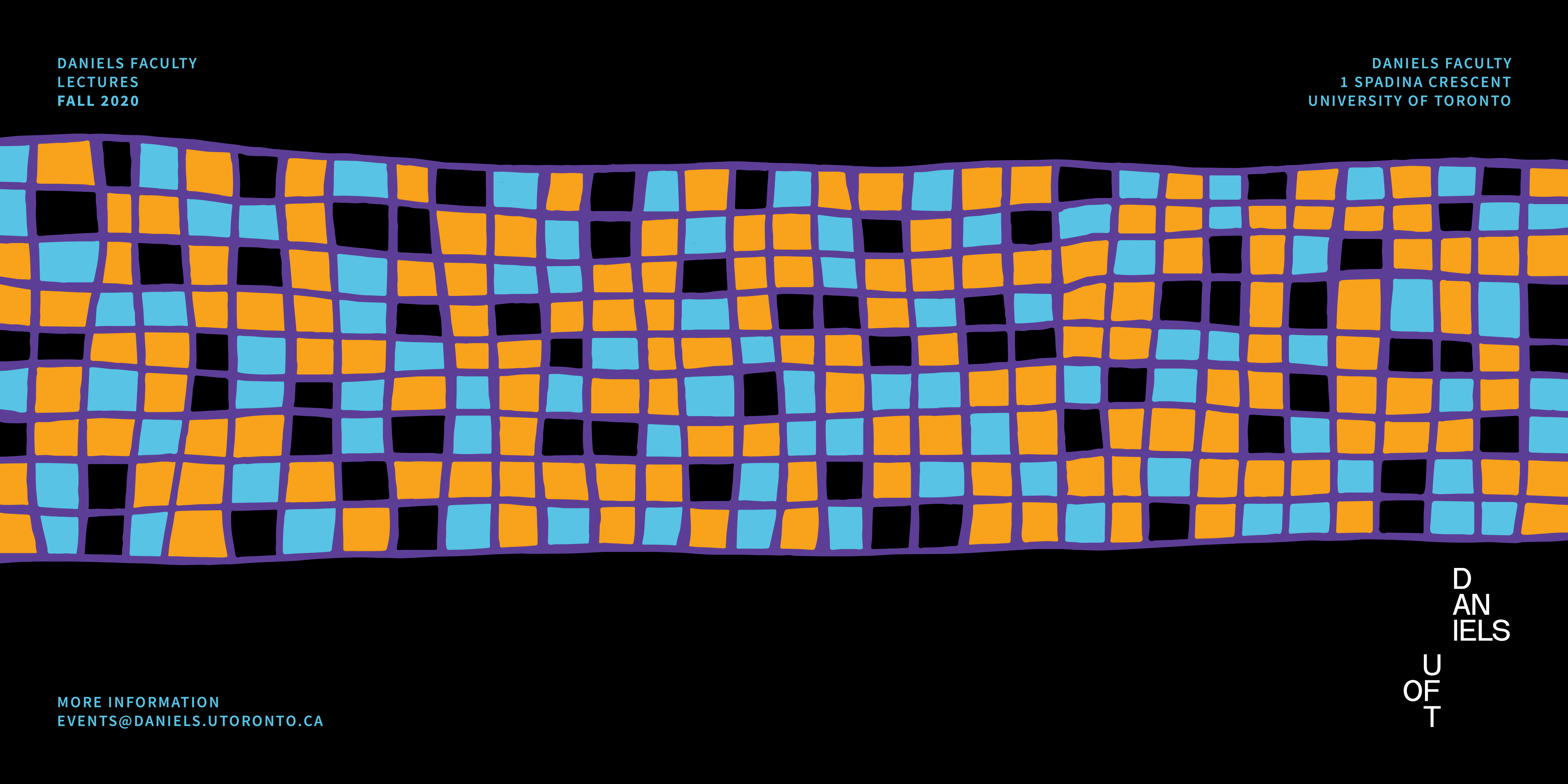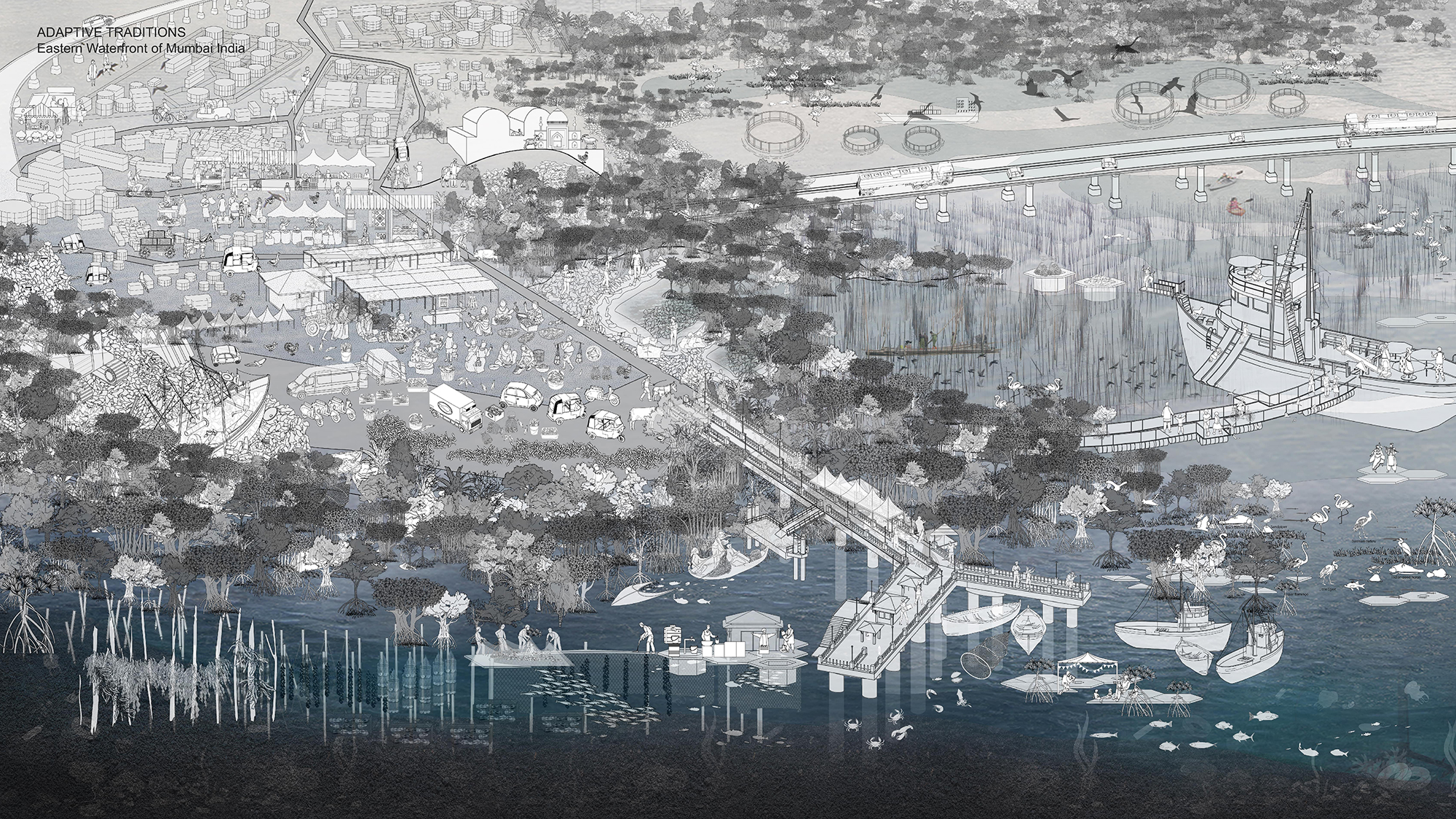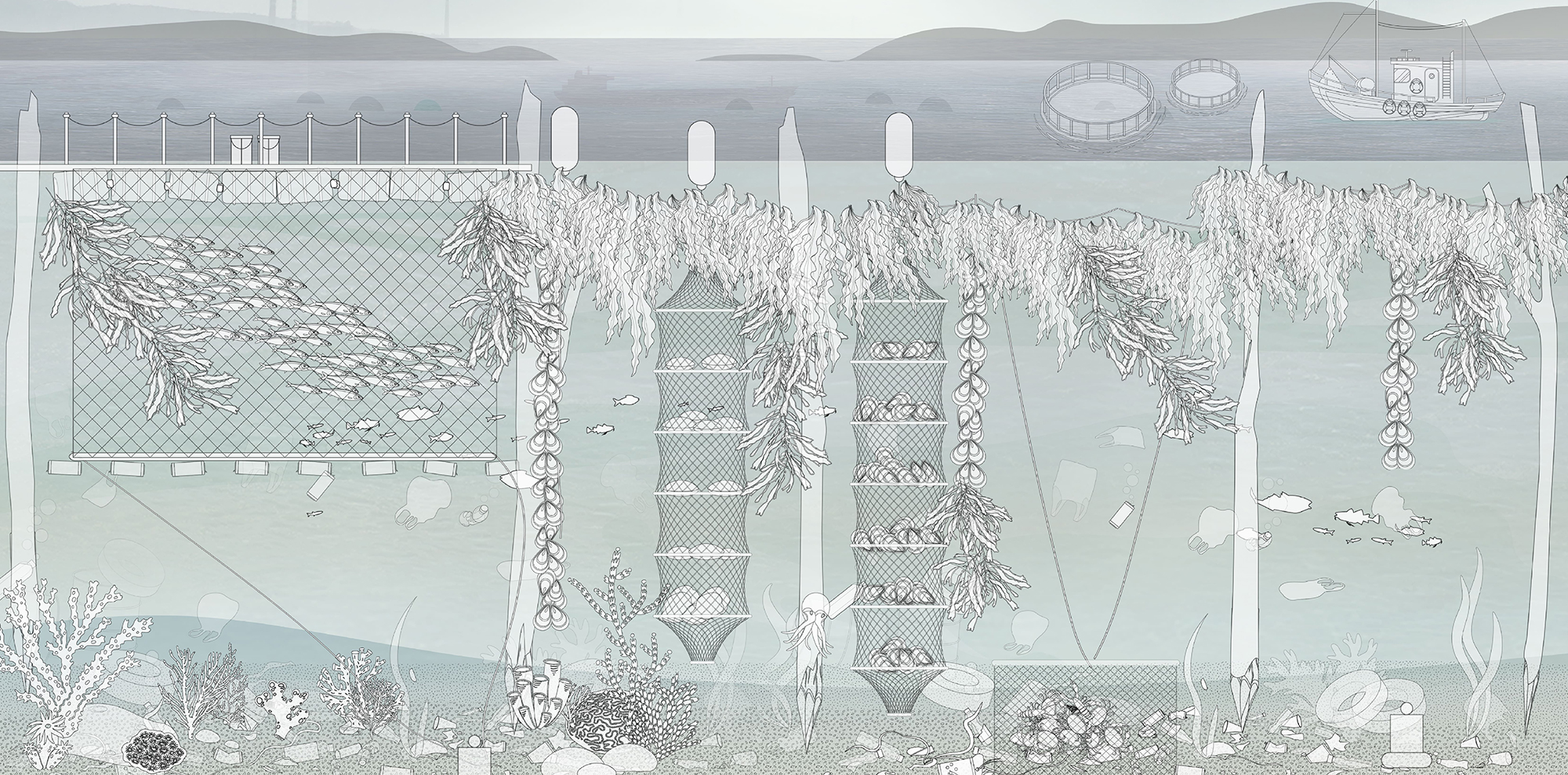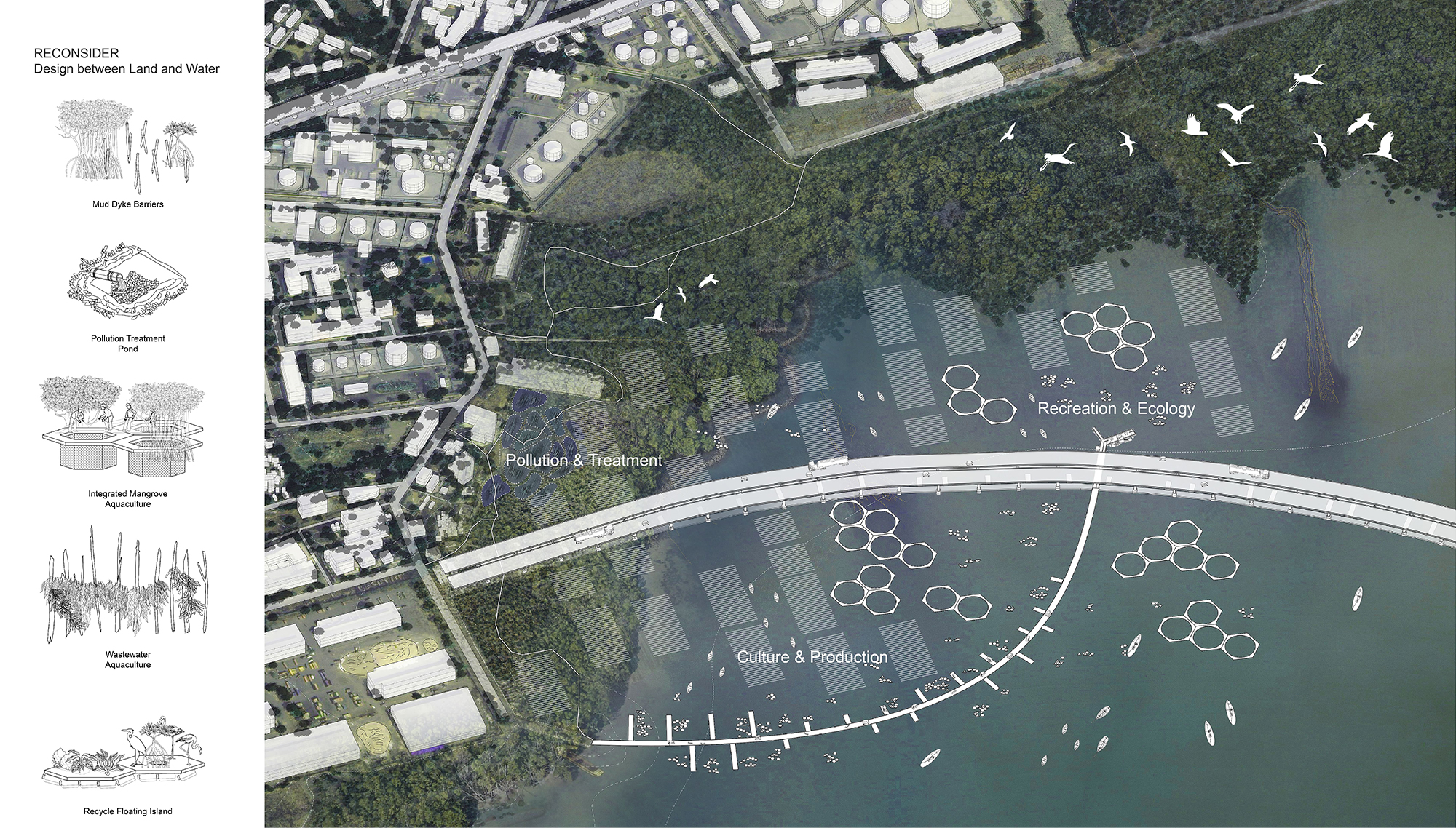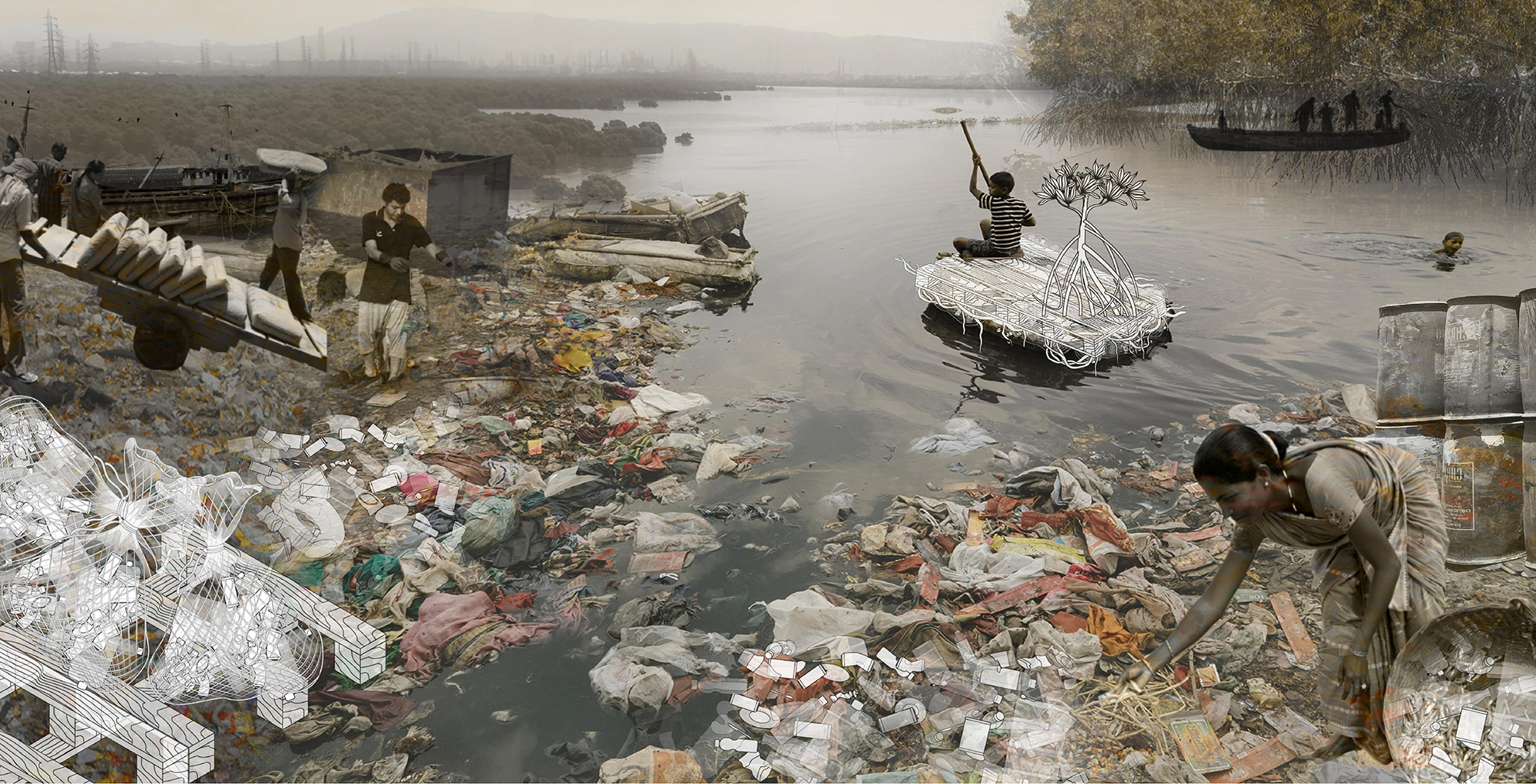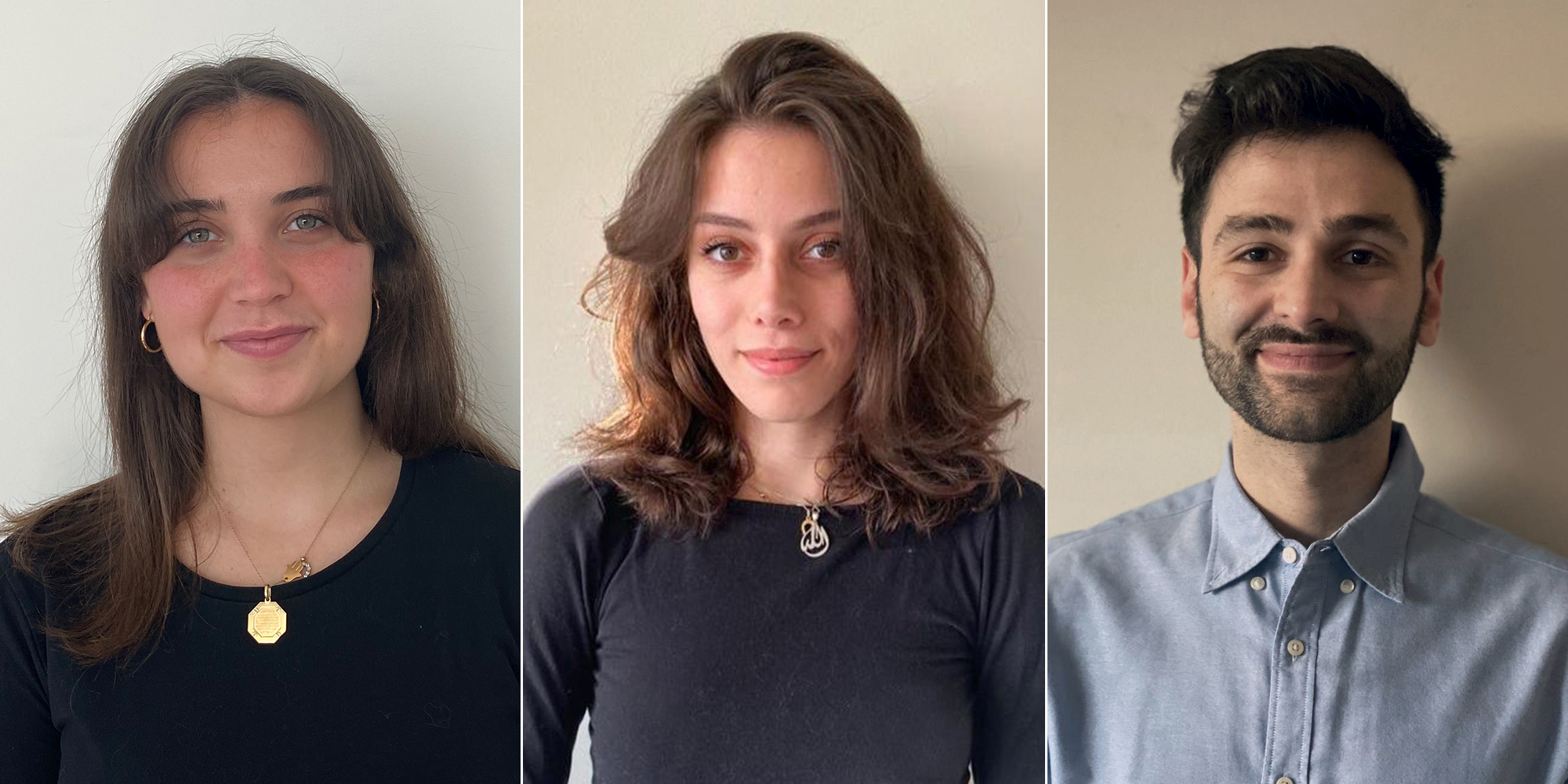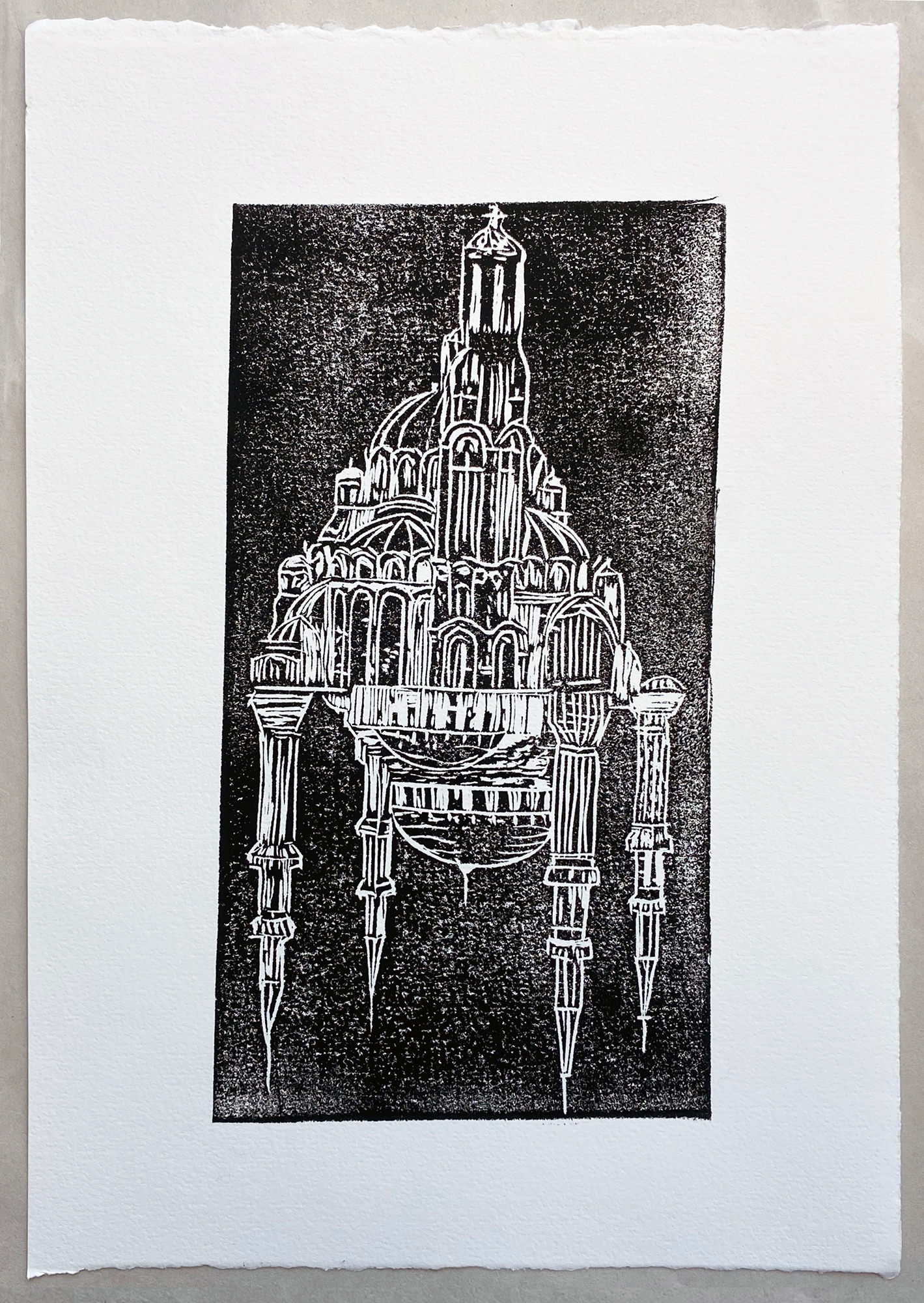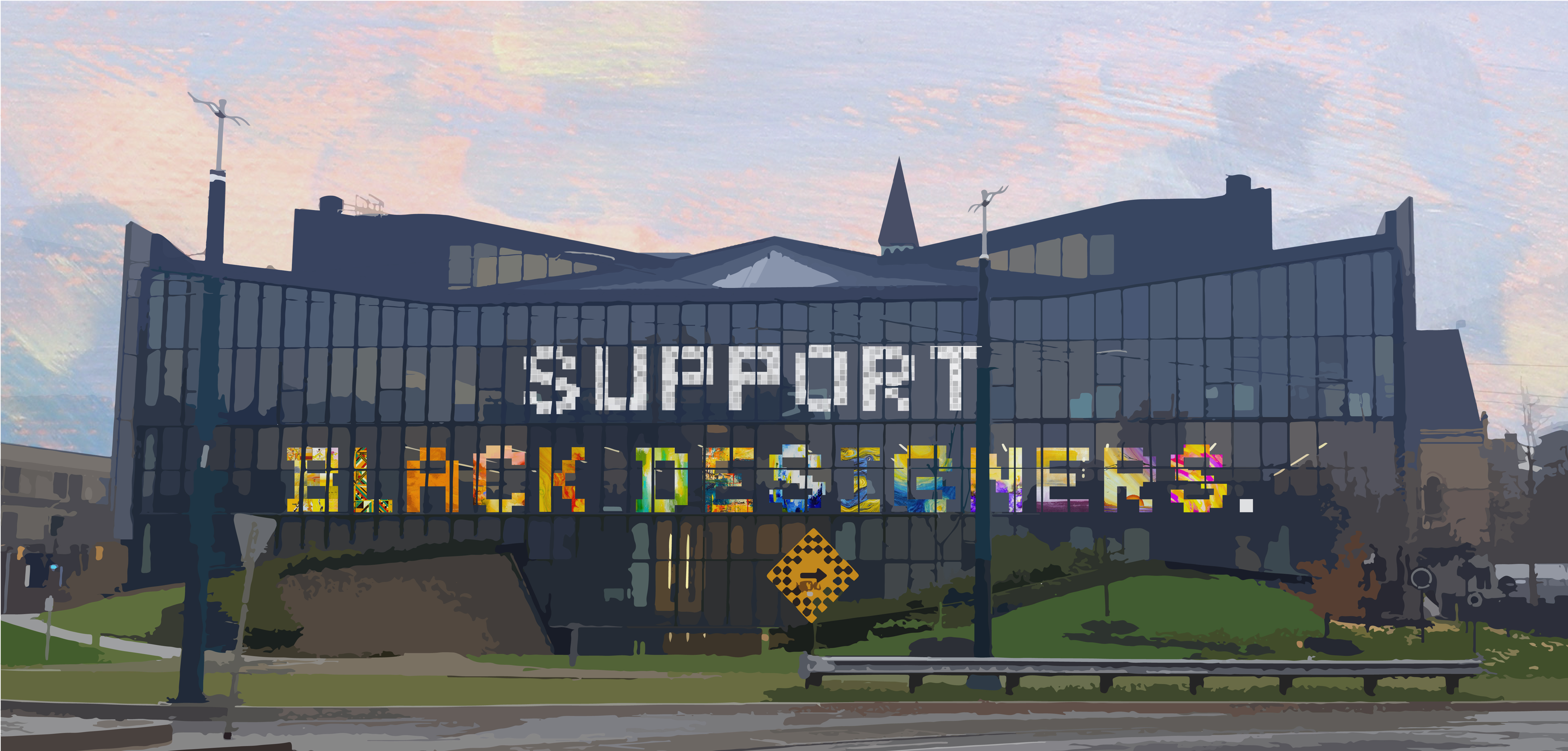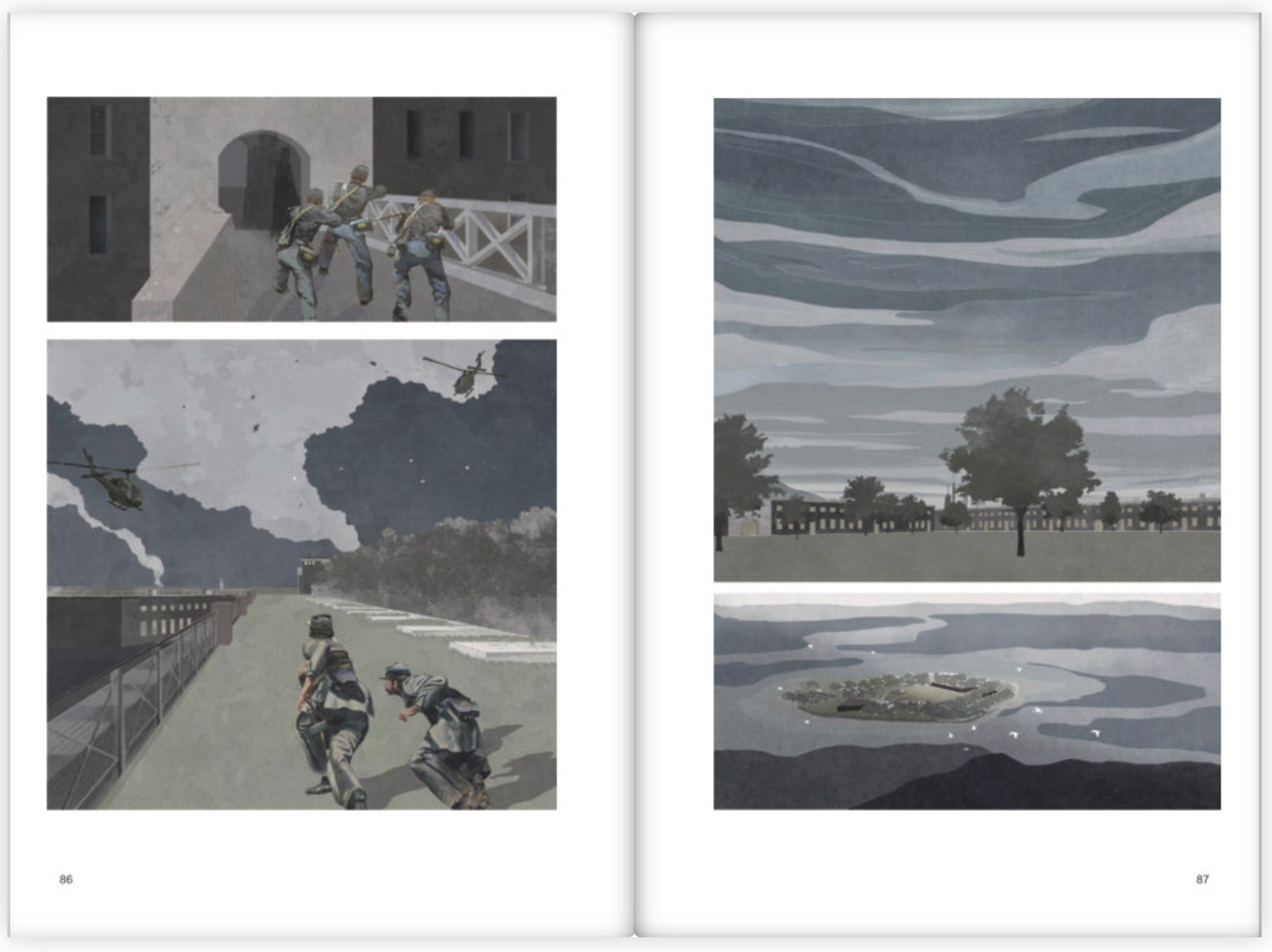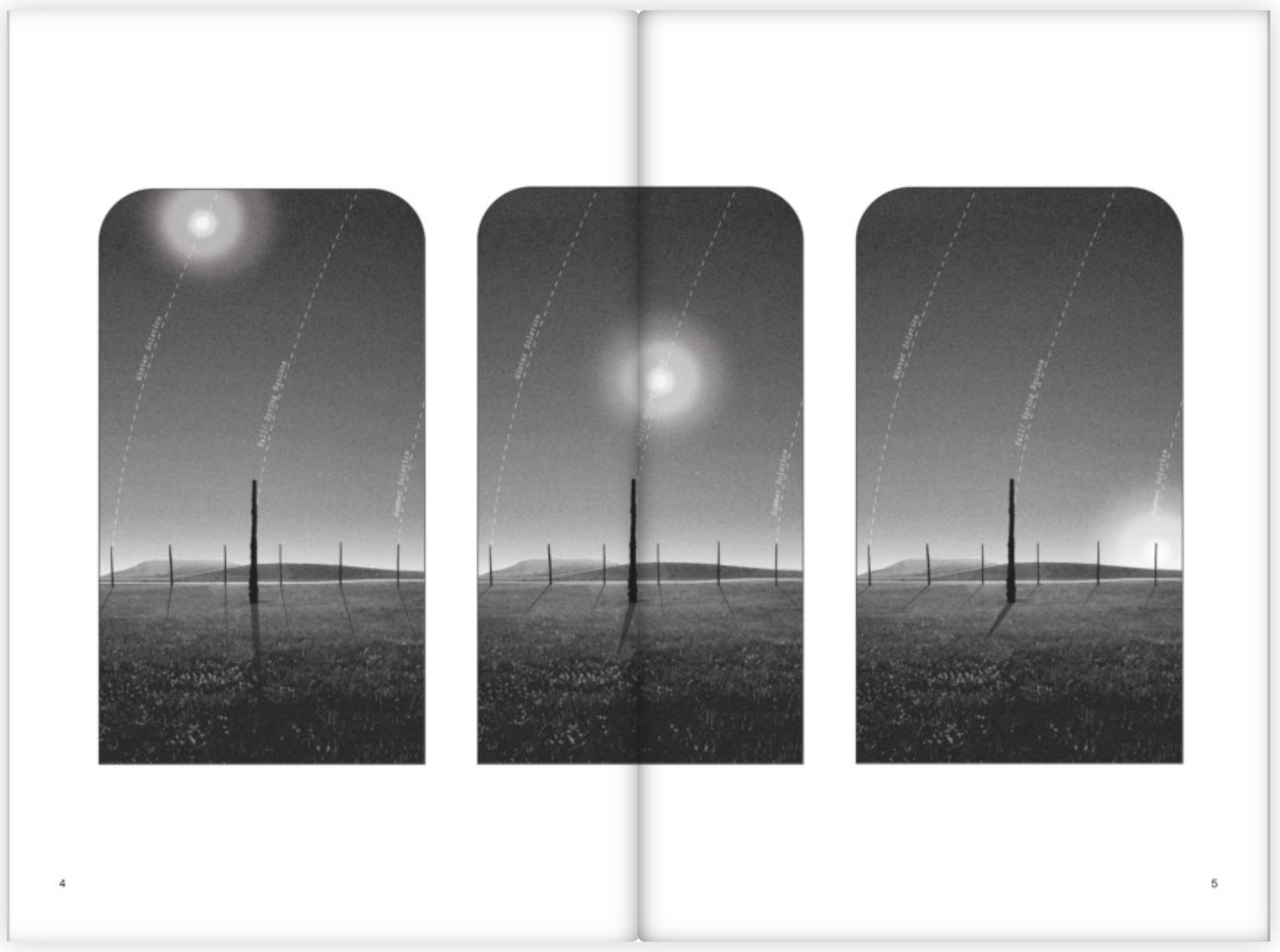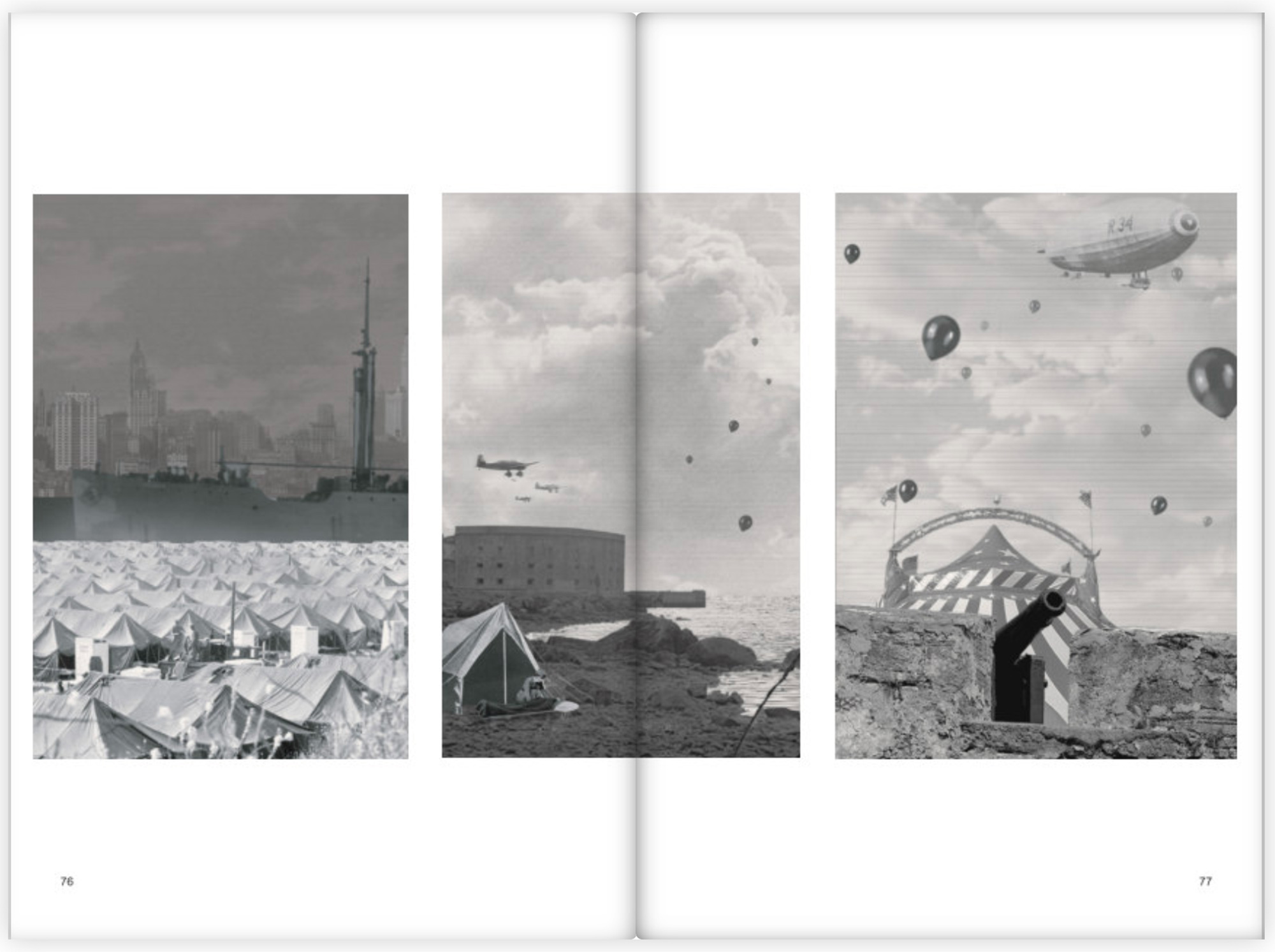Dear students, faculty and alumni,
As a new semester begins, I want to unequivocally affirm the Daniels Faculty’s commitment to addressing systemic racism within our school and within our professions.
If we practise our disciplines without consideration of structural inequity, we risk perpetuating unfairness by permanently encoding it into the fabric of the environments in which we live and work. As a Faculty, we are committed to thinking about how we can plan and design buildings, cities, landscapes, forests, and artworks that heal the divides between us.
I commend the students, faculty, and alumni who endorsed the Daniels Do Better letter for calling attention to these issues. Your recommendations have been heard. And I want you to know we are committed to doing better together.
Since assuming the role of interim dean, I have now taken primary responsibility for ensuring that the Faculty takes the necessary steps to learn and understand the issues and their contexts, and to form a plan to address them in a way that ensures enduring change.
This process began with an open, moderated discussion in July, and we plan to hold a second public meeting this October as a chance for everyone to both hear and voice their feedback on the process. Moving forward, we will work collaboratively with the Student Equity Alliance and student representatives on the Diversity and Equity Committee to adjust the format of these discussions to ensure that it is accessible to everyone. We will share more information about the next public meeting by the end of September.
The Diversity and Equity Committee met weekly through July and August to discuss the strategy for immediate and long-term actions. In continued efforts to remain accountable and provide transparency, I want to use the framework of the Daniels Do Better letter to share an update on committee’s work these past two months.
I recognize that this update is not a complete picture of the necessary work ahead. These initial steps are only the beginning of our Faculty’s long-term commitment to building a more diverse and equitable environment. I am looking forward to working closely with the entire Daniels community to implement new approaches and solutions that we can all be proud of, and to sharing further updates with you as the semester progresses.
Robert Wright
Interim Dean
Diversity and Equity Strategic Plan
The Diversity and Equity Committee has begun the process of developing a measurable long-term plan to dismantle systemic institutional racism within our Faculty. This plan will be made publicly available on our website when completed.
Building Internal Resources
We are in the process of creating the Diversity and Equity Office and we will hire a Diversity and Equity Officer. This full-time position will report to the Dean of the Faculty and the Vice-President, Human Resources and Equity, providing an additional level of accountability beyond the Daniels Faculty. The Diversity and Equity Office will play a critical role in responding to immediate concerns outlined in the Daniels Do Better letter and developing the long-term plan. We will share the position description when it is posted and expect the hiring process to begin at the end of September.
The committee has created eight work-study positions to provide paid opportunities for in-depth student participation in the committee’s work to counter racism and systemic discrimination: Diversity and Equity Committee Research Assistants (four positions) and Diversity and Equity Committee Administrative/Communications Assistants (four positions). We are committed to inclusive hiring and will prioritize the participation of Black, Indigenous, and racialized community members.
These positions are posted online through the Career & Co-Curricular Learning Network. If you are interested in learning more about these positions, please contact Jane Wolff, jane.wolff@daniels.utoronto.ca.
Decolonizing Curriculum and Pedagogy
Decolonizing our curriculum is an ongoing process — and we are committed to doing the work. Addressing systemic inequity within our school, and our professions, is a priority and commitment for all levels of staff, faculty, and administration.
The Diversity and Equity Committee is currently engaged in an assessment of the Faculty’s curriculum in relation to many societal issues. We are also learning from and working with, individual instructors who have created and are now expanding the content of their courses to further address these issues. Jane Wolff, associate professor and current chair of the committee, and Bomani Khemet, assistant professor, started conversations with program directors this summer to discuss how immediate curriculum changes can be implemented.
I am in active discussions with Liat Margolis, associate professor and director of the landscape architecture program, to establish an Elder-in-Residence program, or a Council of Elders, to advise the Faculty on the recommendations of the Truth and Reconciliation Commission of Canada, and provide approaches to decolonizing our curriculum. I look forward to providing another update on this program soon.
Daniels moved to online course evaluations in the Winter 2020 semester. Daniels staff have been working with the Centre for Teaching Support and Innovation to standardize the evaluations, and we will publish the findings when this work resumes. (It was put on hold during COVID-19 but we are committed to following through with CTSI’s facilitation to ensure inclusivity and equity.)
Hiring
Daniels, as part of the University of Toronto, is committed to employment equity — but clearly our present representation does not match our ambitions in this area. We are currently in the process of identifying future Faculty requirements and the need to establish more clearly anti-racism and anti-bias protocols into our hiring processes.
In response to the request to immediately hire three Black and two Indigenous tenure-track faculty members, with a focus on women and/or Lesbian, Gay, Bi, Trans, Queer, Two Spirit, and Non-binary professionals (LGBTQ2S+), across undergraduate and graduate streams: I want to express the Faculty’s commitment to diversifying its representation, but I also have to acknowledge the limitations in our ability to make immediate hires. I can assure you that this recommendation will be a part of the Daniels Diversity and Equity Office’s long-term plan, and I can provide an update on our current hiring status.
At present, we have three faculty searches that were at the point of final interviews but were suspended due to COVID-19. We were able to get University permission to complete those searches. The University has indicated to us that they are open to further supporting an additional hire that will prioritize representation. Given that I, as interim dean, am only in this position until a new dean can be hired — all further faculty searches will take place following the next dean’s appointment. In the meantime, we will review our hiring processes and faculty needs, and make recommendations as to how to increase the Faculty’s diversity. These recommendations will be given to the Provost and the next dean.
We recognize that cultivating long-term relationships and networking with guest critics, sessional lecturers, and part-time lecturers is an equally critical part of representing diversity in the Faculty. As to financial compensation: it is mandated by the University through union agreements. All guest critics, sessional lecturers, and part-time lecturers are treated equally with respect to compensation.
Training
The Daniels Faculty provides its search committee members with unconscious bias training and members are strongly encouraged to attend training sessions prior to the start of each search. Workshop and studio assistants complete mandatory AODA training. Within the bounds of union agreements and regulations we will work on a staff training program with an emphasis on equity and accessibility.
The Diversity and Equity Committee has requested group Faculty and staff training specific to racial injustice through the Anti-Racism and Cultural Diversity Office (ARCDO). The committee has also requested training by the Toronto Initiative for Diversity & Excellence (TIDE) to address unconscious bias. Due to delays related to COVID-19 and demand for training, dates have not yet been finalized, however, we will begin this process this Fall. If you have a question or suggestion related to training, please contact Harold Tan, harold.tan@daniels.utoronto.ca.
The Diversity and Equity Committee is working on developing a system for collecting race-based and diversity data that will allow us to address systemic and institutional barriers. In the committee’s August 6 meeting, committee members Mary Lou Lobsinger, associate professor, and Mauricio Quirós Pacheco, assistant professor, outlined questions that will allow us to better assess faculty diversity in nuanced ways (you can view the meeting minutes on the Diversity and Equity section of our website).
Counselling services
The University of Toronto provides a number of resources for community members looking for ways to combat — or heal from — the effects of discrimination and violence. Free counselling services are available for full-time and part-time undergraduate and graduate students across U of T, including Daniels Faculty students. We have gathered these resources and posted them on the Diversity and Equity section of our website. We will continue conversations with the Student Equity Alliance to ensure that counselling services are accessible to our student body.
Community Outreach
We are committed to fostering social and academic spaces where Black and Indigenous students can lead, network, and thrive. And we want to hear from student groups about what we can do to best support them.
The Office of External Relations and Outreach, as well as the Diversity and Equity Committee, have ongoing conversations and collaborations with the Black Architects and Interior Designers Association (BAIDA), Building Equality in Architecture (BEAT), and Black Artist Union (BAU). We are committed to strengthening our existing relationships with these organizations, supporting their work, and sharing their resources with the Daniels community.
Updates on outreach from this summer include:
- When summer programming moved online this year, the Office of External Relations and Outreach offered Chromebook technology loans to families in effort to expand access to our student camps. Our intention is to seek grants and other funding to provide bursaries to low-income campers.
- We are proud to support the Daniels Art Directive and their mural project that will install “Support Black Designers” on the Daniels Building’s north facade next month.
- We are in discussion with BAIDA, GALDSU, AVSSU as a collaboration for the 2020-21 Pan Canada Lecture Series.
- We will further our relationship with BAIDA through increasing the number of BAIDA members included as Guest Critics; offering BAIDA’s services to review student portfolios; supporting BAIDA’s junior school outreach; connecting BAIDA with Black Student Groups; and exploring potential opportunities for exhibitions.
If you have a question about community outreach, please reach out to Nene Brode, nene.brode@daniels.utoronto.ca.
Resources and Financial Support
Addressing the concerns raised in this section of the Daniels Do Better letter will be ongoing work for the Diversity and Equity Committee and the Diversity and Equity Officer (when hired). This will be an important part of the conversation that we need to have collectively — as a community — and the student body will be involved in the discussion as we prioritize transparency across our administration and communications.
Communications
We commit to developing an equity-focused communications plan in collaboration with students, student groups, and the Diversity and Equity Office. And we will audit our social media platforms through an equity-based framework. If you would like to join the conversation around communications and social media, please contact Hannah Brokenshire at hannah.brokenshire@daniels.utoronto.ca.
Safety and Accessibility
The Faculty is committed to ensuring access and safety for all members of our community in our spaces. We will consult Black, Indigenous and Persons of Colour, designers, students, and alumni to ensure access and safety in all Faculty spaces. We can confirm that members of our events and student services staff have received conflict resolution and de-escalation training, and we acknowledge that we need to provide additional training in the future. The committee will provide an update on this work in the coming months.

